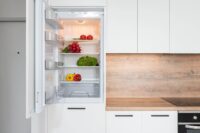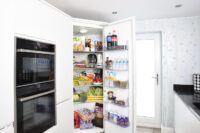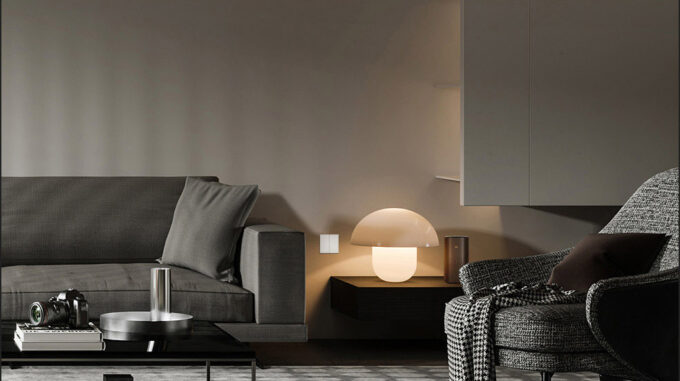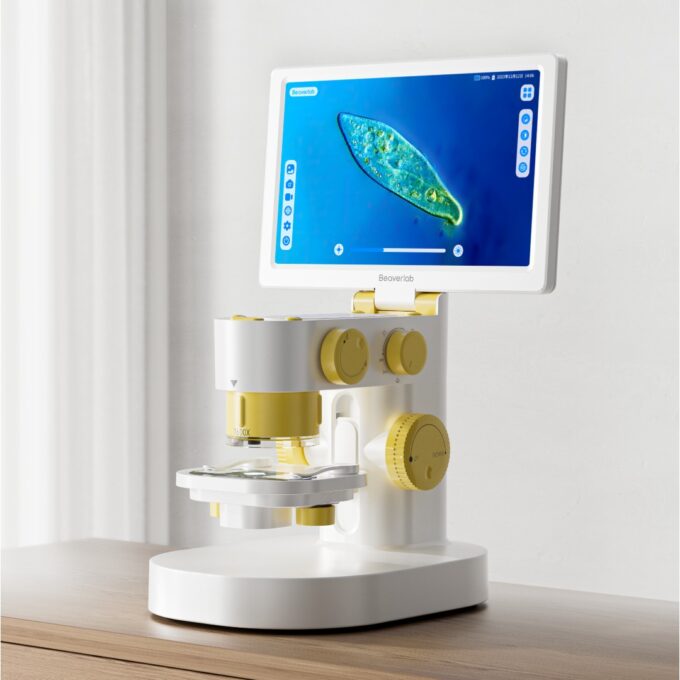How to Choose Curtains That Make Your Room Look Bigger

Experiencing confinement in your compact living quarters? Structural modifications aren’t necessary to create an enhanced spatial experience. Strategic fabric selection at your windows provides a remarkably accessible solution to visual constraints.
Window treatments transcend their fundamental functions of light modulation and aesthetic enhancement—they actively reshape spatial perception through careful implementation. This exploration reveals evidence-based approaches to window dressing that visually extend boundaries, elevate ceilings, and optimize natural illumination without requiring construction expertise or significant financial investment.
The Psychological Impact of Window Treatments on Spatial Perception
Window fabrics function as significant visual elements that profoundly influence dimensional interpretation. Their composition, pigmentation, proportions, and installation methodology collectively affect how our brains process room dimensions.
Inappropriate selections—dense materials, saturated hues, or dominant motifs—create visual weight that compresses perceived space. Conversely, optimal choices extend sightlines, maximize illumination pathways, and establish vertical continuity that collectively expands spatial awareness.
This psychological perspective transforms window treatments from decorative afterthoughts into strategic spatial modifiers with measurable impact.

Structural Approaches to Visual Expansion
Material Selection Principles
Focus attention on transparency and weightlessness in fabric selection:
- Semi-transparent compositions that permit illumination penetration
- Natural-fiber blends with relaxed draping characteristics
- Light-diffusing materials that transform harsh direct sunlight into gentle ambient illumination
- Minimal density fabrics that maintain visual lightness
Dimensional Implementation Strategy
Execute installation to maximize vertical awareness:
- Full-length panels extending from ceiling junction to floor surface
- Continuous vertical sightlines that draw visual focus upward
- Floor-touching hems that avoid horizontal interruption
- Thread count and weave structures that support vertical flow
Visual Integration Methodology
Establish seamless environmental continuity:
- Tone-matching between wall surfaces and fabric selections
- Limited contrast ratios between structural elements and window treatments
- Pattern selection favoring subtle vertical elements
- Minimalist visual interruption between different room surfaces
Linear Enhancement Techniques
Incorporate directional visual guidance:
- Refined vertical elements that extend perceived height
- Avoidance of horizontal pattern interruption
- Subtle texture variations that maintain vertical momentum
- Linear elements proportioned to room scale
Chromatic Strategy for Dimensional Expansion
Primary Color Approach
- Implement reflective pale neutrals with high light-return properties
- Select chroma values in the upper luminosity range
- Utilize natural light amplifiers including alabaster, pearl, and soft atmospheric hues
- Consider subtle warmth for welcoming ambiance without spatial compression
Color Continuity Implementation
- Maintain minimal contrast differential between wall surfaces and window treatments
- Establish color consistency throughout vertical plane
- Integrate matching or complementary undertones between room elements
- Create seamless color transitions between different surfaces
Pattern and Print Considerations
- Exercise restraint with dominant visual elements
- When incorporating pattern, select refined, appropriately scaled motifs
- Maintain visual quietness through subdued variations
- Consider texture rather than pattern for visual interest
Installation Methodology for Maximum Impact
Height Optimization Protocol
Transform dimensional perception through strategic placement:
- Position mounting hardware in proximity to ceiling junction
- Create illusion of additional window height through elevated installation
- Establish continuous vertical sightlines from ceiling to floor
- Eliminate mid-wall termination points that interrupt vertical flow
Width Enhancement Approach
Extend perceived horizontal dimensions:
- Install hardware extending 20-30 centimeters beyond actual window frame
- Create opportunity for complete retraction without light obstruction
- Maximize glass exposure when treatments are open
- Establish impression of larger light sources through extended hardware
Length Calibration
Perfect vertical proportions for maximum impact:
- Extend fabric precisely to floor surface for clean termination
- Consider minimal floor contact for elegant elongation
- Eliminate truncated lengths that create horizontal visual barriers
- Maintain continuous vertical momentum through proper length execution

Advanced Implementation Techniques
Layering Strategy
Create dimensional depth through strategic fabric combinations:
- Implement dual-track systems with translucent inner layer
- Establish spatial depth through material variation
- Maintain light penetration while providing variable privacy options
- Create textural interest without visual density
Light Optimization Protocol
Maximize natural illumination for spatial expansion:
- Maintain daytime fabric retraction to maximize window exposure
- Establish regular daily routine for opening treatments
- Position furniture to optimize light pathway throughout space
- Consider reflective surfaces to extend illumination reach
Texture Enhancement Approach
Integrate subtle light-interactive surfaces:
- Select fabrics with minimal reflective properties
- Consider gentle sheen that disperses light without glare
- Implement textural variation that creates subtle shadowing
- Integrate delicate movement characteristics that animate light
Hardware Minimization Technique
Reduce visual distractions through equipment selection:
- Implement streamlined mounting systems that minimize visual weight
- Select hardware finishes that blend with surrounding elements
- Avoid ornamental components that create visual distraction
- Consider ceiling-mounted tracks for ultimate visual continuity
Conclusion: The Transformative Potential of Strategic Window Treatment
Window treatments offer remarkable potential for spatial transformation when approached with strategic intention. Through thoughtful selection of materials, colors, proportions and installation methods, these fabric elements transcend decorative function to become powerful tools for psychological space expansion.
This approach delivers substantial improvement in spatial perception without structural modification—providing accessible solutions for anyone seeking to transform their compact living environment into a visually expanded, light-filled space that defies its actual dimensions.
Latest Posts
Linptech Smart Switch T1 Zero: A Smarter, Sleeker Way to Control Your Home
Linptech Smart Switch T1 Zero: A Smarter, Sleeker Way to Control Your...
1 Mins readBeaverlab MX Pro Smart Microscope: A High-Tech Home Science Lab
Beaverlab MX Pro Smart Microscope: A High-Tech Home Science Lab Beaverlab has...
1 Mins readDIY Reed Diffuser: How to Make a Natural Home Fragrance
Transform your living space with subtle, lasting aromas using a handmade reed...
2 Mins readNever Put These Plants in Your Bedroom! (And Here’s Why)
Creating Your Perfect Sleep Sanctuary: Smart Plant Choices for the Bedroom While...
2 Mins read











